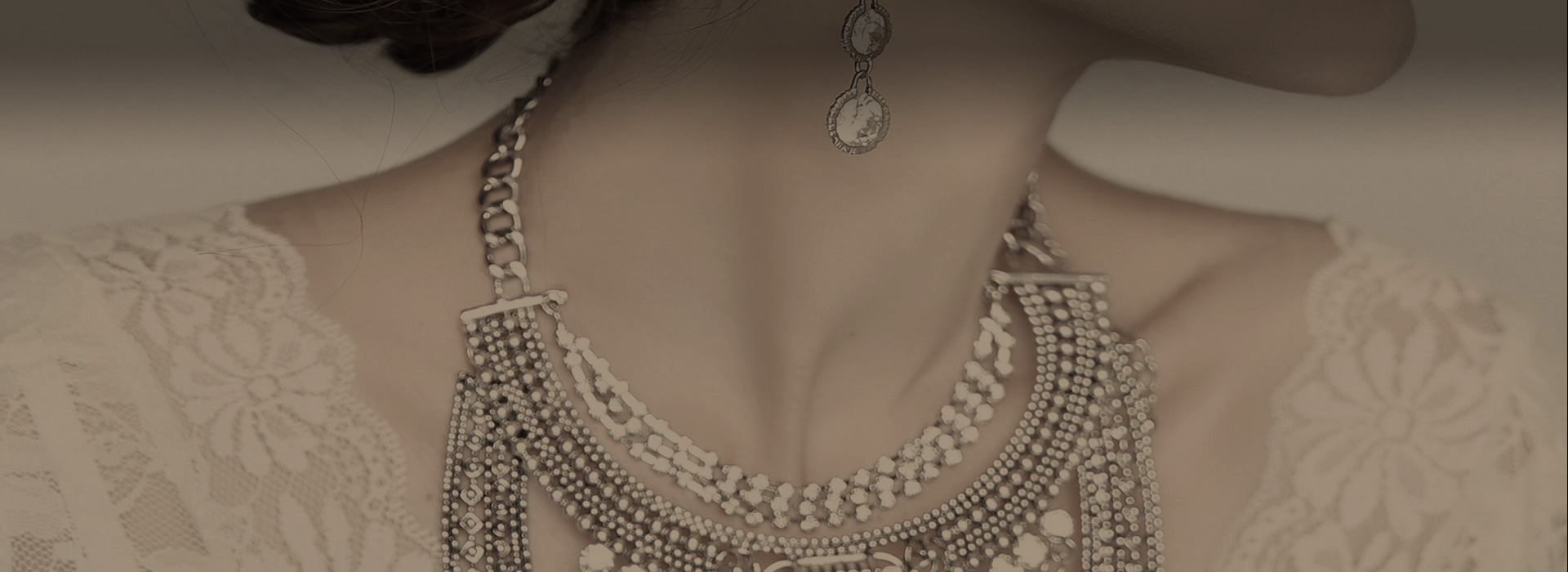Gemstone Classification
2022-06-08
Gemologists have developed a number of ways to classify gemstones: precious or semiprecious, natural or synthetic, and organic or inorganic.
Precious or Semiprecious?
This classification is based on beauty, rarity and hardness. It applies mainly to gems, rather than gemstones. The most beautiful, rarest, and hardest gems are considered as precious gems. Precious gems include diamonds, rubies, sapphires, emeralds, aquamarines, topaz and opals. A semiprecious gem is a gem that is less beautiful, less rare and less hard. It is also less than 8 on the Mohs' Hardness Scale, which means it is easier to scratch. Turquoise, jade, lapis lazuli and amber are all semiprecious.
Would you consider topaz more beautiful than turquoise? It's hard to say. Classifying gems as precious or semiprecious is fading in popularity because it is easy to disagree about beauty.

Natural or Synthetic?
A natural gemstone is one that is formed in the earth. A synthetic gemstone is made in the laboratory. Some gemstones are both. Emeralds, garnets, rubies, sapphires and diamonds can be both mined from the ground or made in a laboratory.
Have you ever seen a piece of amber with an insect or plant in it? This photo shows the early stages of how amber forms and how easily an ant can get stuck in the sticky tree sap.

Organic or Inorganic?
An organic gemstone is one that is created by a living thing. Pearls are created by oysters and mussels. Amber is sap created by a tree. Coral is created by tiny communities of animals in the ocean. Pearls, amber and coral are organic gemstones. Inorganic gems include diamonds, sapphire and rubies. These are created by minerals without the help of organisms.




